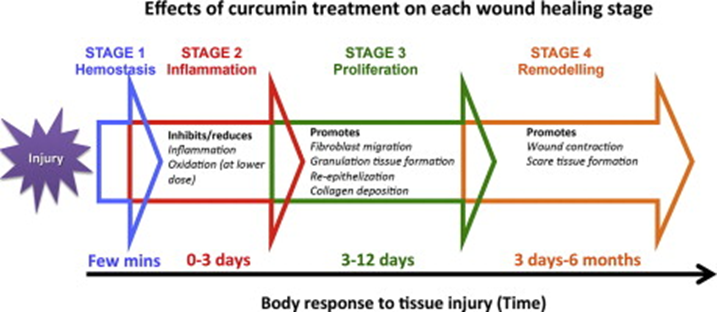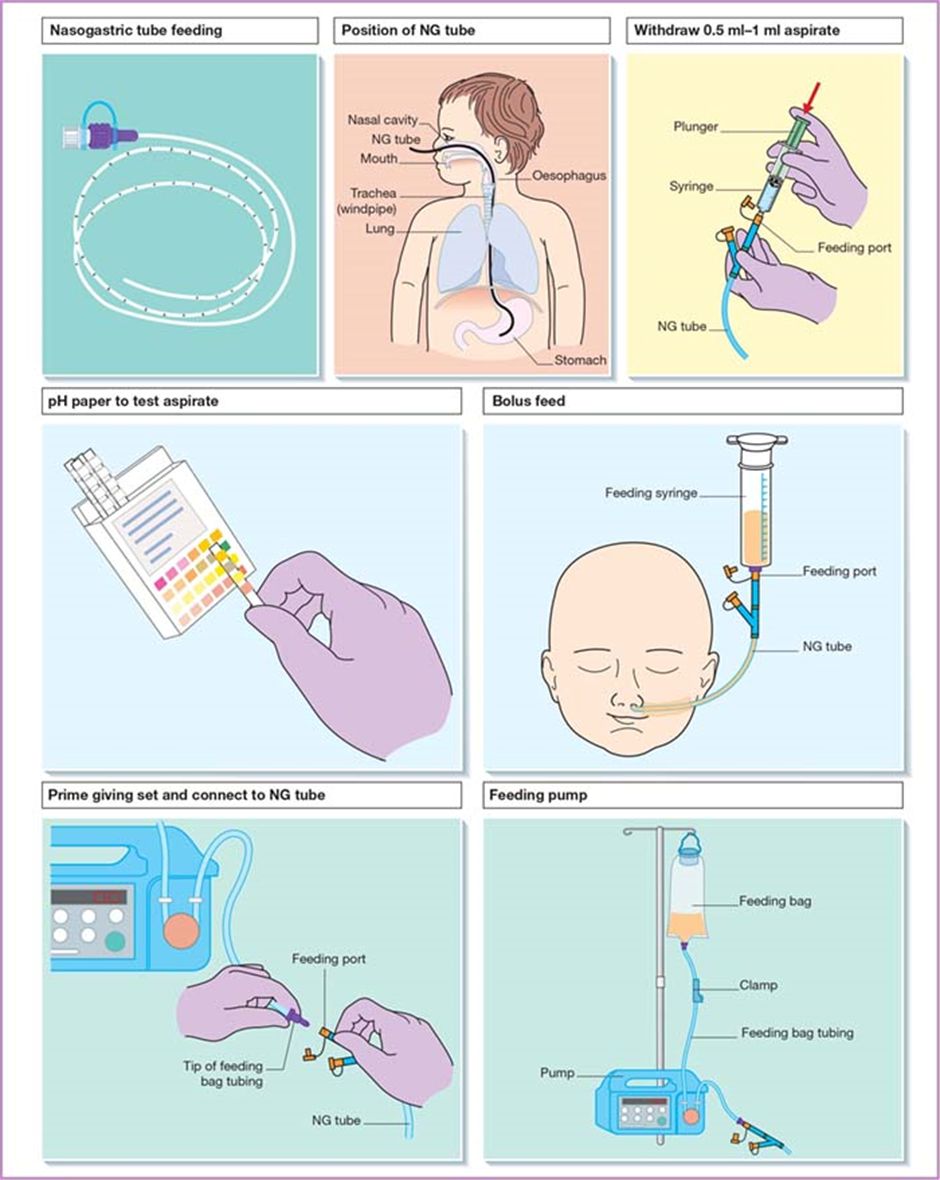A nurse is assisting with teaching a class of newly licensed nurses about the first phase of wound healing. Which of the following processes should the nurse include?
Proliferation
Inflammation
Maturation
Remodeling phase
The Correct Answer is B
A. Proliferation Phase:
Explanation: This phase involves the formation of new tissue to fill the wound space. It includes granulation tissue formation and wound contraction.
B. Inflammation Phase:
Explanation: This is the initial phase characterized by hemostasis and inflammation, aimed at stopping bleeding and preventing infection. Blood vessels constrict, platelets aggregate, and inflammatory cells arrive at the wound site.
C. Maturation Phase:
Explanation: Also known as the remodeling phase, it involves the remodeling and realignment of collagen fibers and the strengthening of scar tissue.
D. Remodeling Phase:
Explanation: Remodeling and maturation are often considered together as the final stage of wound healing, where collagen fibers reorganize and gain strength.

Nursing Test Bank
Naxlex Comprehensive Predictor Exams
Related Questions
Correct Answer is A
Explanation
A.Adequate protein intake is essential for skin repair and maintaining skin integrity. Protein helps in the healing process, supports the immune system, and strengthens the skin, making it more resistant to breakdown. This is a crucial intervention for preventing pressure ulcers and promoting overall skin health in older adults.
B.Massaging bony prominences is not recommended as it can cause friction and damage to already vulnerable skin, increasing the risk of skin breakdown rather than preventing it. Gentle repositioning is preferred to relieve pressure.
C.Clients at risk for skin breakdown should typically be repositioned at least every 2 hours, not every 3 hours, to relieve pressure and reduce the risk of developing pressure ulcers. Therefore, this option is not ideal as stated.
D.While keeping the skin dry is important, cornstarch is not recommended because it can cake and cause friction, which may lead to skin breakdown. Using moisture-wicking products or barrier creams is more appropriate for maintaining skin dryness and integrity.
Correct Answer is C
Explanation
A. Moist skin: Dehydration often leads to dry skin rather than moist skin. When the body is dehydrated, it conserves water, and one of the signs can be dry, less elastic skin.
B. High blood pressure: Dehydration tends to result in lower blood volume, which can lead to lower blood pressure rather than high blood pressure. However, severe dehydration may cause a drop in blood pressure.
C. Dark-colored urine: Dehydration commonly causes urine to become more concentrated, leading to darker urine. This is due to the kidneys conserving water and producing less urine.
D. Distended neck veins: Dehydration is more likely to result in decreased blood volume and lower venous return, which would not typically lead to distended neck veins. Distended neck veins are more commonly associated with conditions like heart failure.

Whether you are a student looking to ace your exams or a practicing nurse seeking to enhance your expertise , our nursing education contents will empower you with the confidence and competence to make a difference in the lives of patients and become a respected leader in the healthcare field.
Visit Naxlex, invest in your future and unlock endless possibilities with our unparalleled nursing education contents today
Report Wrong Answer on the Current Question
Do you disagree with the answer? If yes, what is your expected answer? Explain.
Kindly be descriptive with the issue you are facing.
